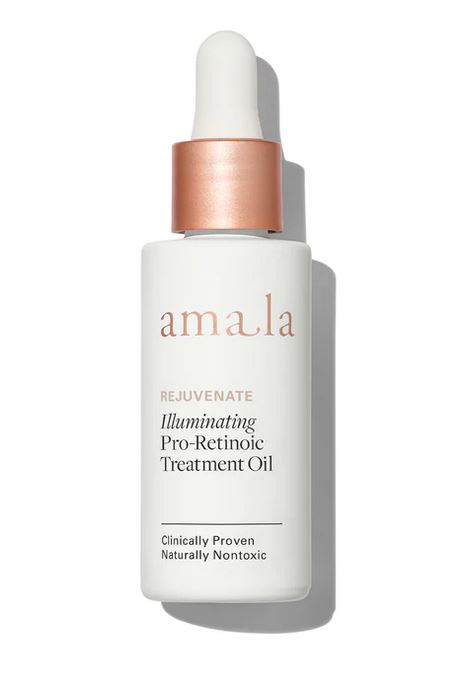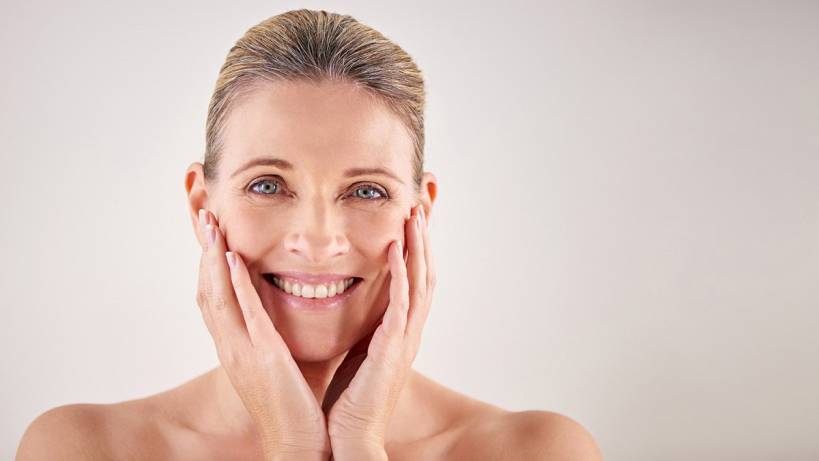The signs may have started a while ago: an increase in roughness, wrinkles, inconsistency in coloring, or loss in elasticity. These changes in your skin are normal as you age.
It is common to have enlarged sebaceous glands (the glands that produce oil). Sometimes, aged or sun-damaged skin can lead to cancerous or precancerous lacerations.
It is important to protect yourself from further damage from the sun by using sunscreen and sun protectants.
As your skin goes through different stages, you’ll need to use different skincare products. As we start to age, our bodies don’t produce skin cells at the same rate.
Our pores often become enlarged, and the harsh sun’s effects grow increasingly more prominent, causing facial lines, freckles, and sunspots.
Improve your skin care as you age:
1. Try to find skincare products that aid in keeping your skin manageable, like creams that contain vitamin C and retinol.
If you are a smoker, quit. Studies show that smoking can rapidly age your skin, so taking the time to quit now is crucial in preserving your skin’s health.
2. Eat a healthy, balanced diet that does or does not contain multivitamins. Maintaining a good diet allows your skin to get the proper nutrition needed to repair any sun damage and other elemental harm.
Always drink plenty of water to keep your skin hydrated.
3. There are a variety of over-the-counter and prescription skin care products accessible to you that assist in preserving and protecting healthy skin. To find out which kind of medications are best for you, ask your doctor.
As you get older your body develops, leading into the most frequent symptoms of aging, such as loss in thickness of skin, age or sun spots, and lines or wrinkles. Though you cannot stop the aging process or completely reverse it, it is manageable.

Moisturize your skin daily to keep it from drying out. Using a cream like cocoa butter will produce a thin layer of oil on top of your skin, which can help to lock in moisture.
Step 2
Purchase an anti-aging cream that is available over-the-counter, and apply it to parts of your skin that are noticeably aging. Skincare products with these active ingredients are recommended: copper peptide, hydroxy acids, coenzyme Q10, kinetin, retinol and antioxidants.
Step 3
Use a sunscreen that has SPF 30 or greater on a daily basis, even when it is cloudy outside. Sunscreen protects against damaging UV rays that can increase the likelihood of wrinkles and early aging, sometimes called photoaging.
Step 4
Sit down with your dermatologist and ask him or her about cosmetic procedures like a chemical peel or dermabrasion, which can reduce aging signs. Dermabrasion more or less sands away any signs of aging on the surface skin layer using a rotating tool, producing brand new, smooth skin in exchange. A chemical peels also gets rid of the surface layer of skin tissue that is showing signs of age, but relies on chemicals like phenol and hydroxy acids to peel off the surface layer of your skin.
Step 5
Ask your doctor if you can have a dermal filler injection, like collagen or other substances, in wrinkled areas of your skin. For example, outside of your eyes and mouth. These fillers go into the skin that lies underneath lines and wrinkles, decreasing the severity of their appearance.
Step 6
To fill fine lines and wrinkles, ask your doctor about a Botox injection. Botox stops the excretion of acetylcholine in the area that is injected, which allows your muscles to contract. Depleting your acetylcholine supply causes your muscles to rest evenly, diminishing wrinkles that are visible on the top layer of skin.
Step 7
Speak with a plastic surgeon regarding potential remedies to aging or mature skin that is especially noticeable by undergoing plastic surgery, such as a face lift. Remember that plastic surgery may yield good results and last a long time, but your recovery period and risks of going through the procedures are very great.





